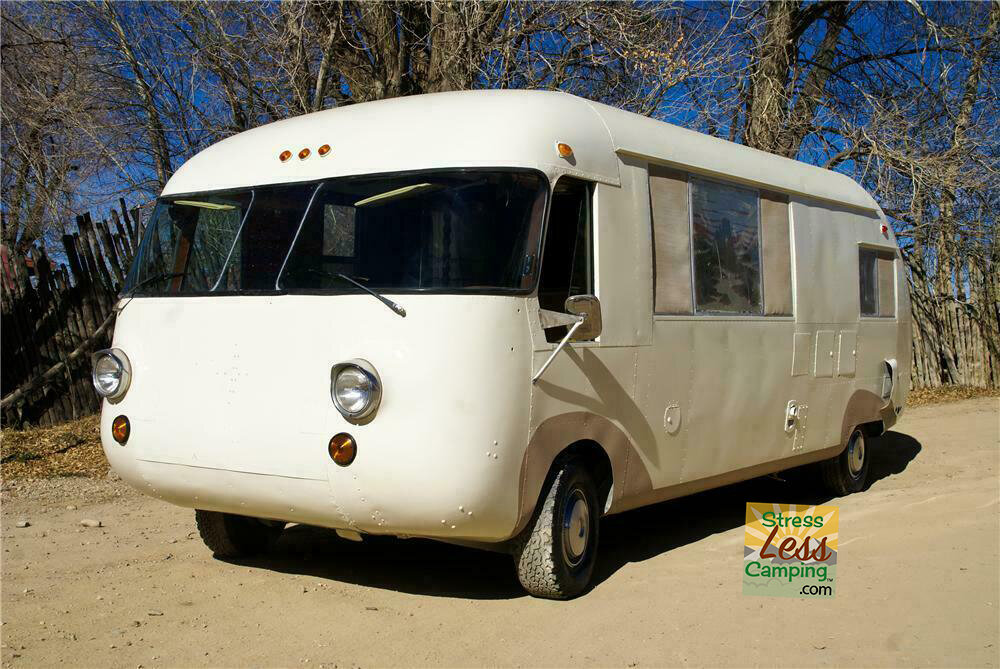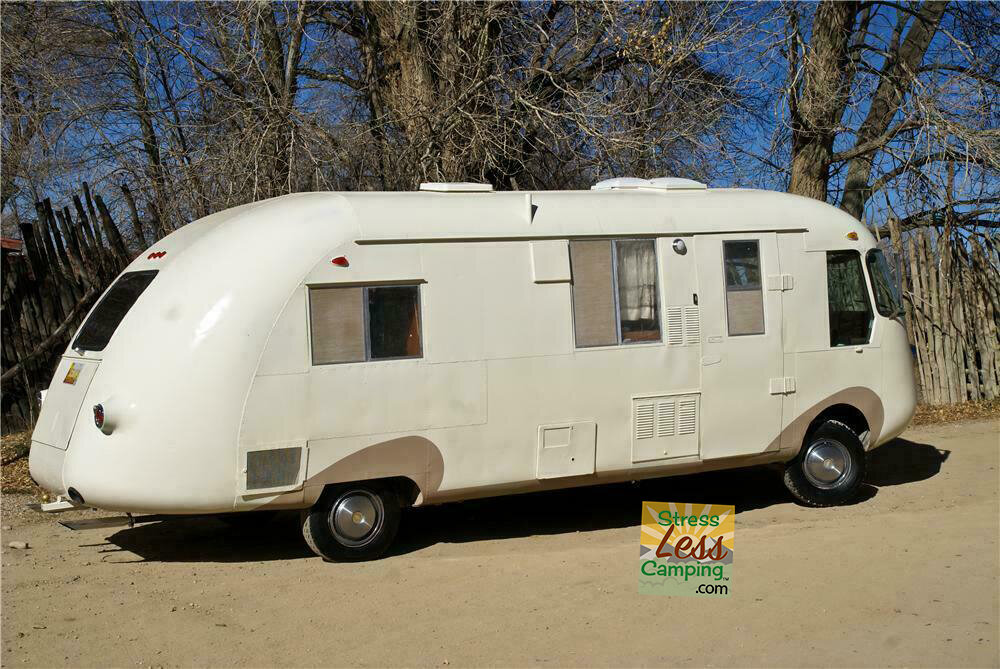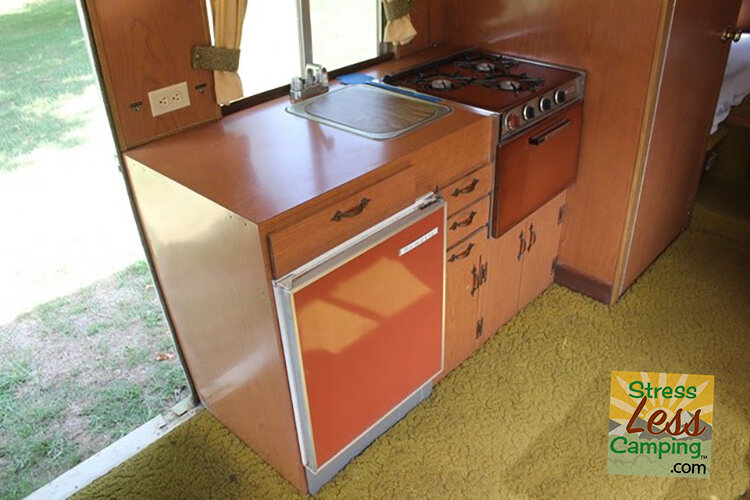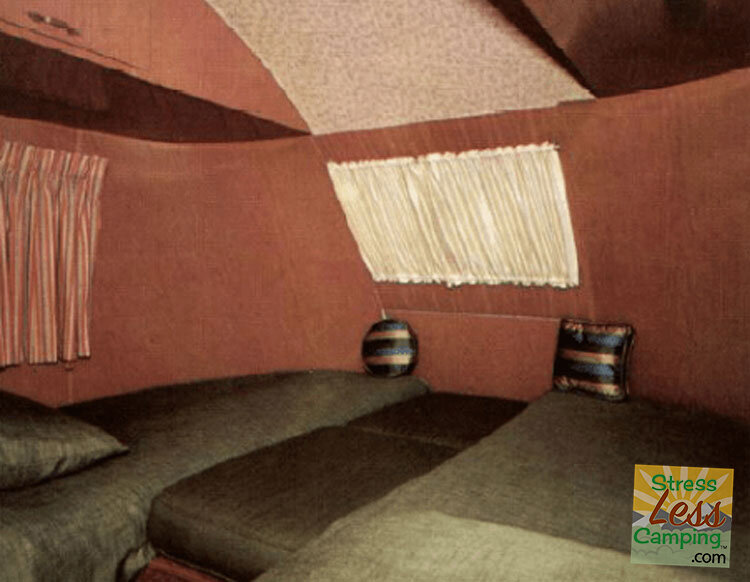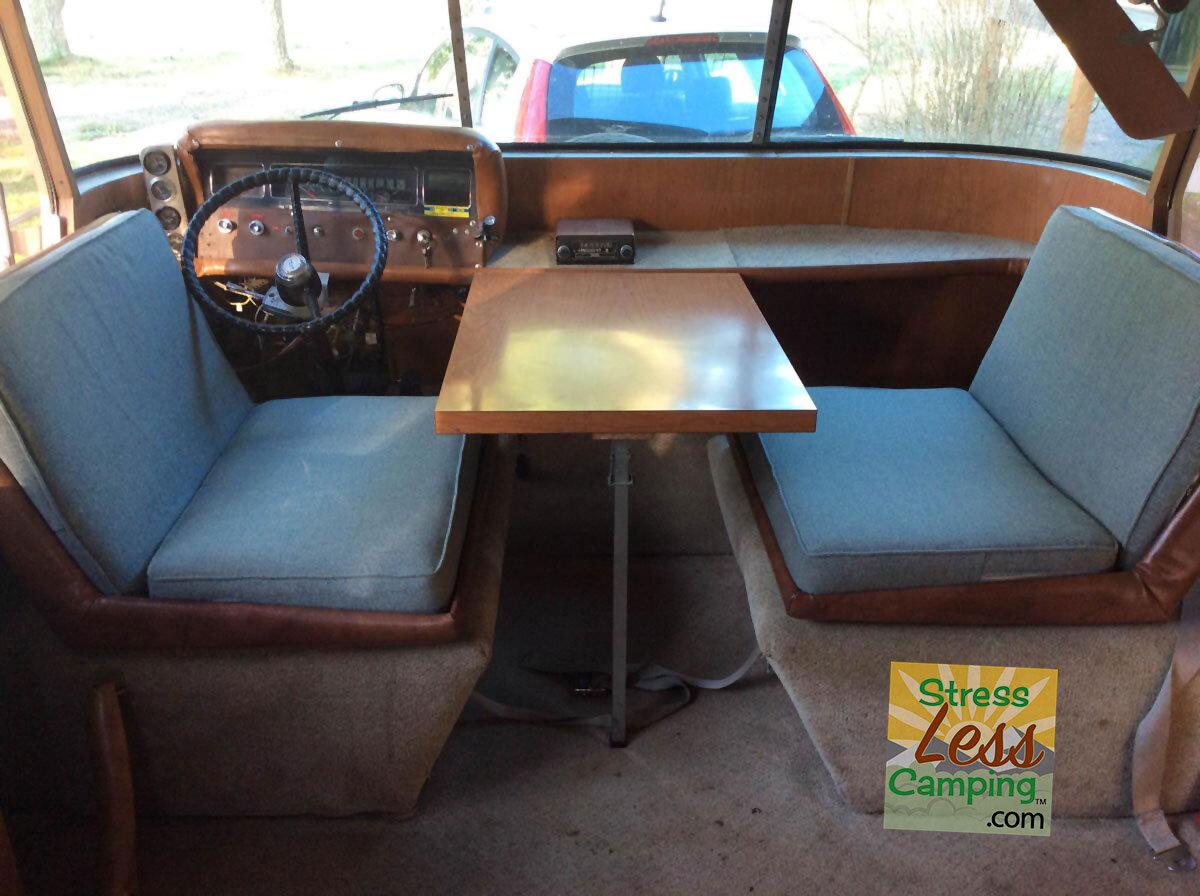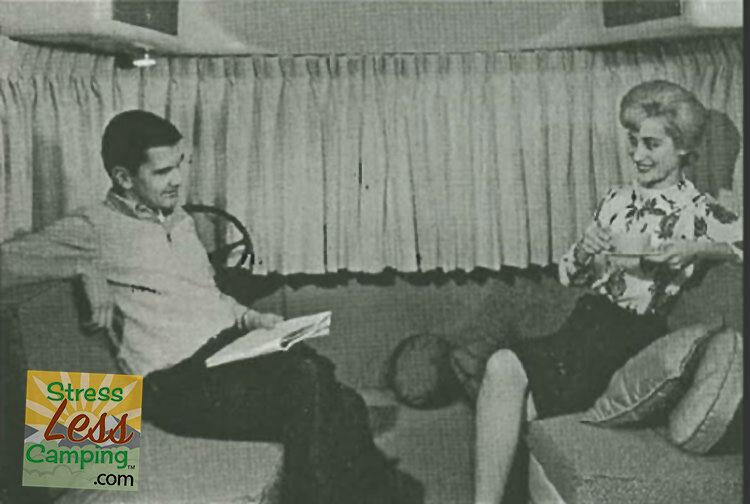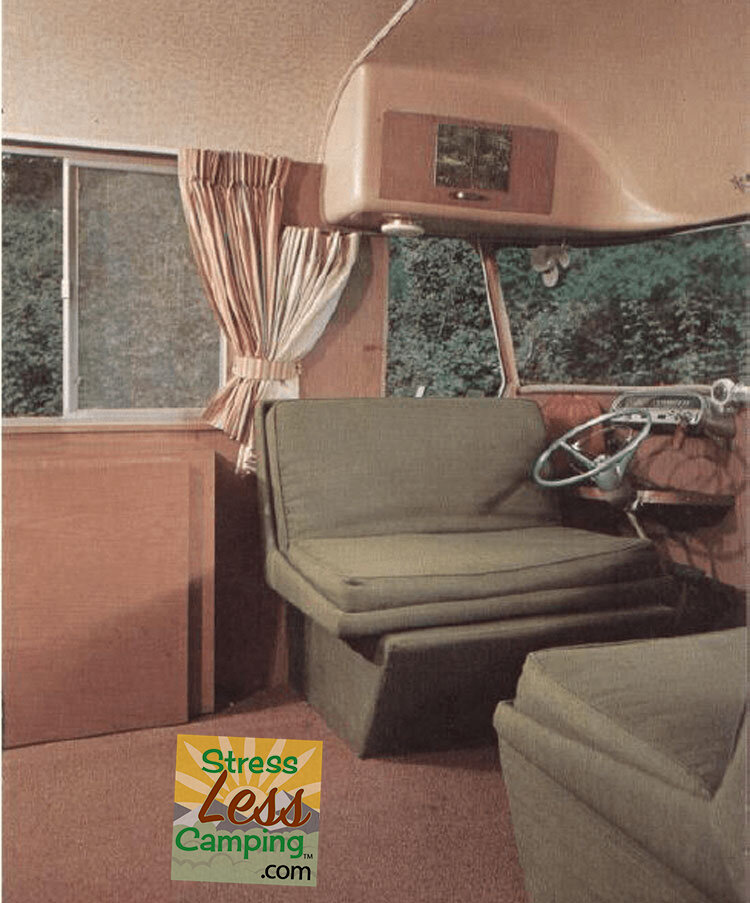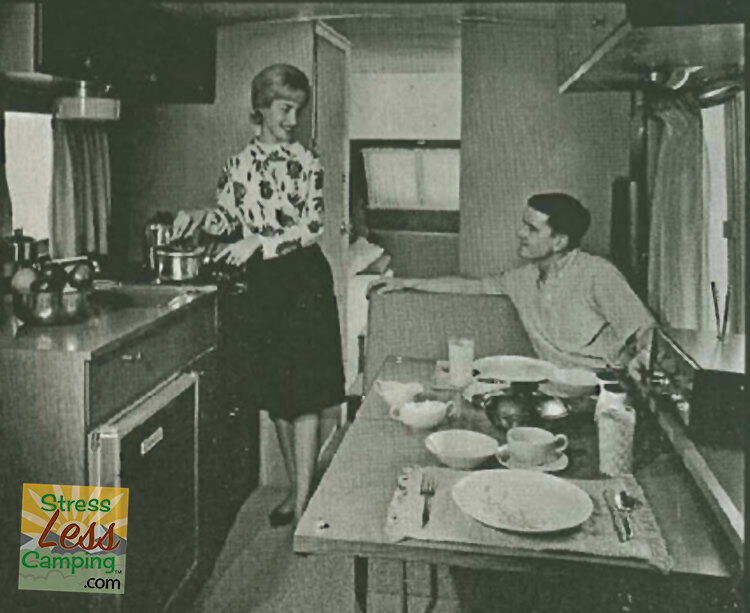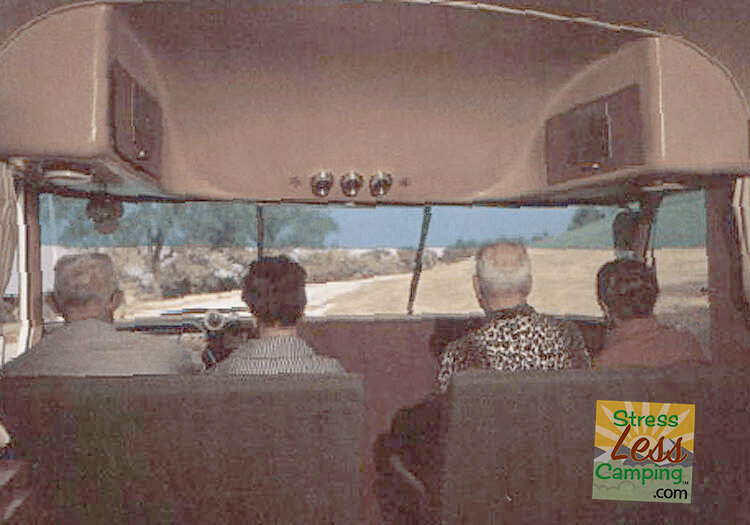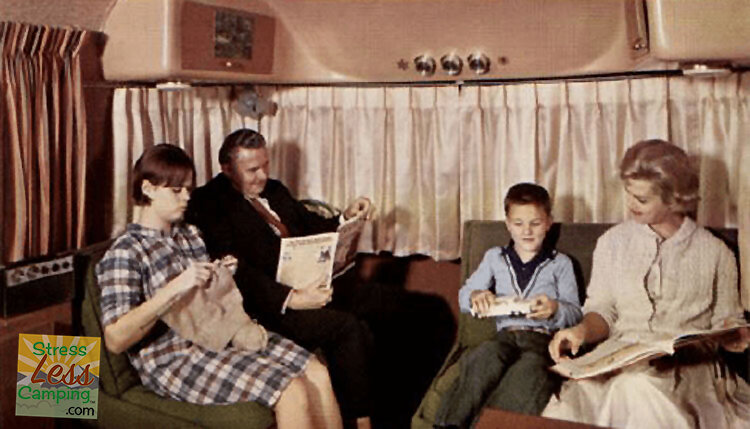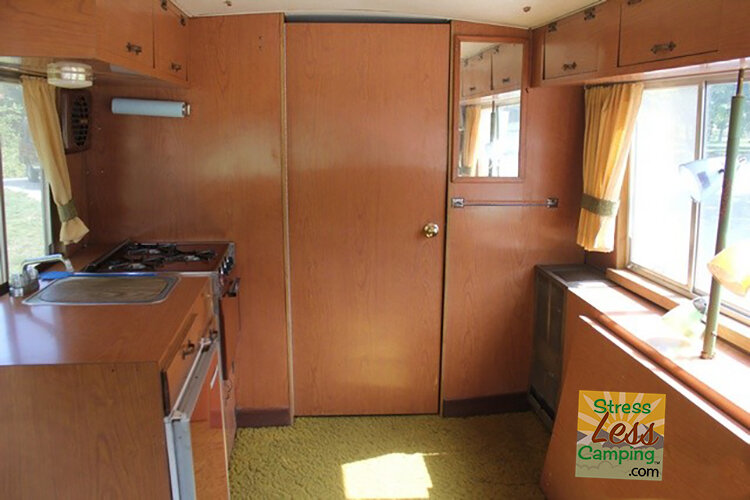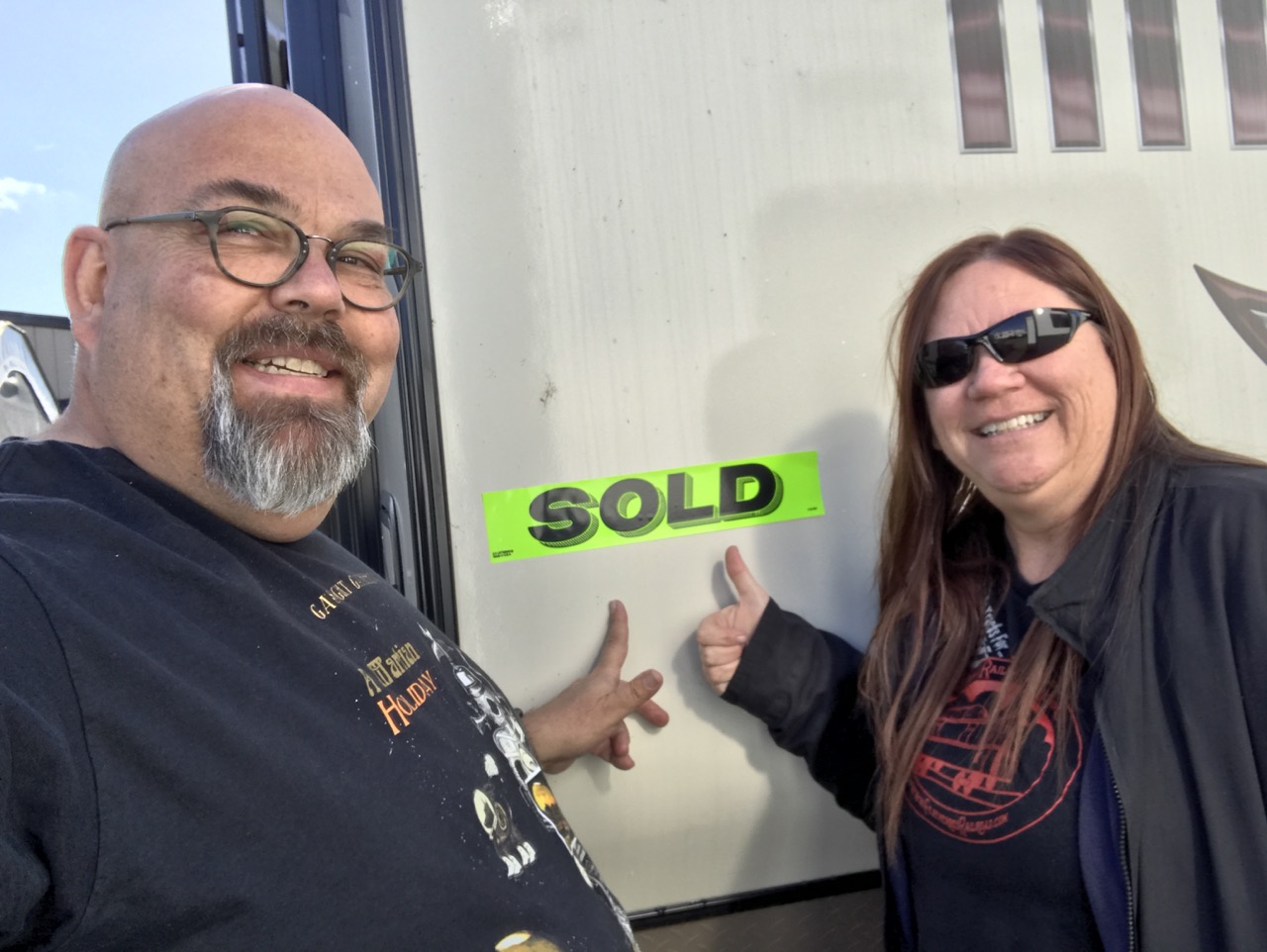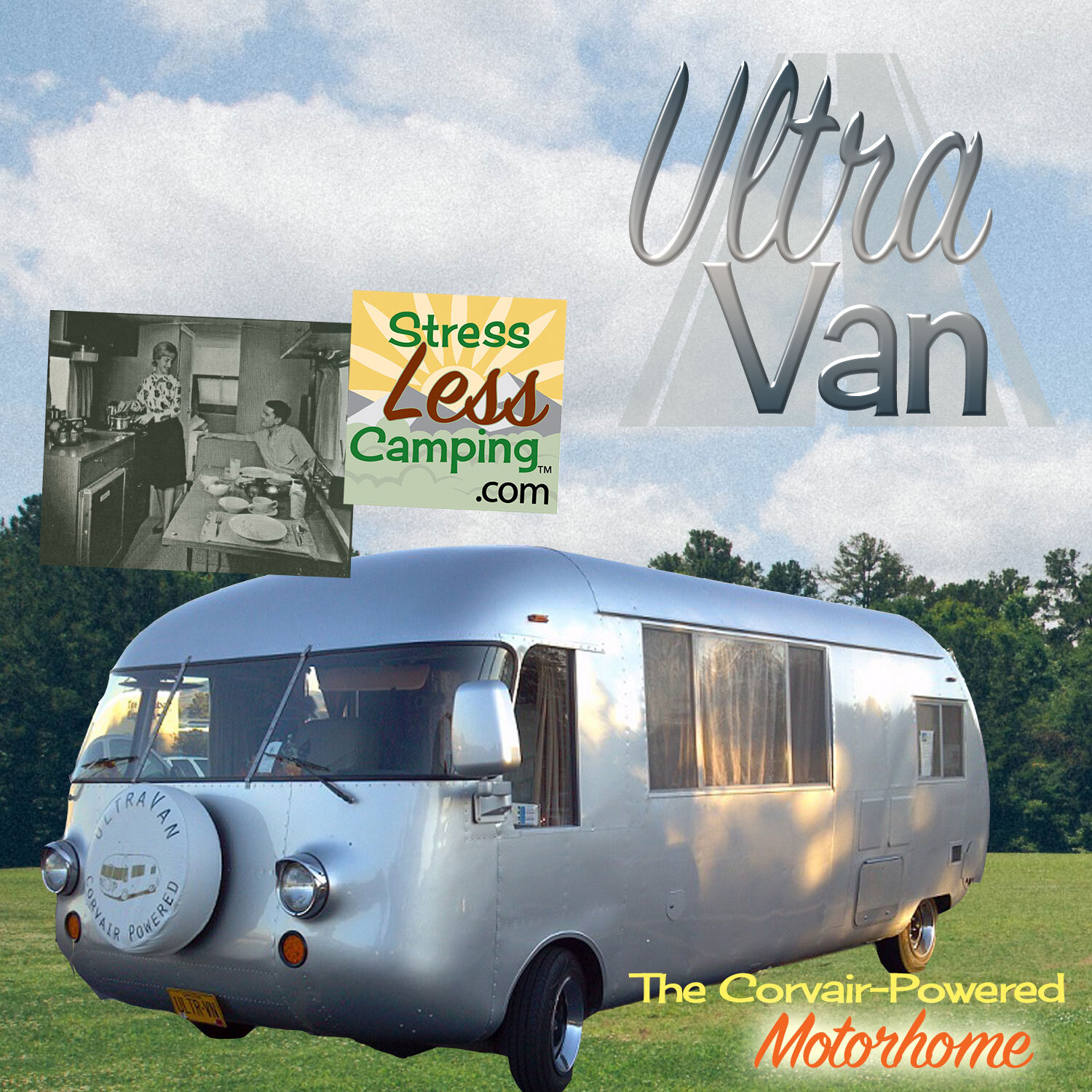A motorhome designed by an aircraft engineer
The Corvair-powered Ultravan
The Corvair-powered Ultra Van was truly one of the most groundbreaking RVs of all time which made sense as the Corvair, too, broke a lot of new ground as well as being a stand out classic nowadays. In fact Chevrolet actually did offer Corvairs as campers as detailed here.
Last week I detailed how General Motors broke the mold in the RV industry by being the only major auto manufacturer to build from-scratch motorhomes but their revolutionary design was preceded by one that used Corvair power as far back as 1960. What became the Ultra Van was the vision of one aerospace engineer who was challenged by wanting to bring both his boat and his travel trailer along on adventures and just couldn’t do it.
In 1959 David Peterson, an aircraft designer, loved taking his travel trailer and his boat on adventures but couldn’t figure out how to take them both simultaneously. So he pondered the idea of just motorizing the travel trailer and towing the boat. And then he saw Chevrolet’s new-for-1960 Corvair.
He rented a large garage and employed his experience in aircraft design to come up with a totally new concept that was so much more than just a motorized trailer. His machine later turned out to be the Ultra Van, a full-size Class A motorhome that weighed about 3,000 pounds and was powered by an air cooled Corvair engine. Yep, at the rear.
His first one was called the “Go Home.” This full-size RV was 22’ long, eight feet wide and featured 6’2” of interior headroom yet the entire vehicle was just 8’ tall. Lest you think anything’s missing from this groundbreaking Class A motorhome, check out the features which include black and gray water storage and fresh water storage as well. There was a stove, refrigerator, bathroom, shower, water heater and even sleeping for four.
Yes, in a vehicle that weighs less than my Honda HR-V.
While his original idea was to simply put a Corvair engine under his travel trailer he ultimately designed a vehicle from scratch. This vehicle is built like an airplane where there is an aluminum exterior skin with aluminum ribs riveted to it.
There is no traditional frame whatsoever, that skin and frame is actually the structure of the vehicle which is called a monocoque construction. It’s relatively light and relatively strong but it’s not the cheapest way to build something. And there are challenges with this type of build in that body shops don’t always know how to do repairs.
Cast aluminum “A” frames are mounted in aluminum front wheel wells which double as the platforms for the front seats. Unique steering geometry in these allow the front wheels to be turned a full 50° which means these Ultra Vans turned more sharply than a lot of cars of the same era.
If you keep seeing the word “aluminum” and thinking “no rust” you’re right. Even the four tanks - water, black, gray and fuel - were aluminum. The entire bottom of the coach is aluminum-skinned. The tanks were actually integral to the structure of the vehicle, contributing to its rigidity. This really was a very well-engineered machine.
Another thing that made the Ultra Van special was the macerator pump which allowed the black tank to be emptied into a normal toilet. Or, at least, that’s how the brochure read. Plus original owners complained about the complexity and unpleasant maintenance of this system which got revised in later models by putting the toilet directly above the black tank.
And if you’re reading the word “aluminum” and thinking “pricey” you’re also right. As with most advanced ideas there are a few people who are willing to step up and buy one of these but not enough to really be a viable business.
It wasn’t Peterson’s idea to even turn this into a business but he was pestered so much by people wanting their own that he hired some technical school apprentices and built 15 copies of his unique motorhome.
It didn’t hurt that this vehicle was featured in Popular Mechanics at a time when that kind of media exposure was bigger than having the most popular Instagram “influencer” mention your brand today.
During 1964, John Tillotson, a Kansas publisher noticed the Ultra Van and made enquiries about getting the rights to build this unique vehicle. In 1965 Tillotson negotiated a license with Peterson and then formed Ultra Incorporated at the World War II Naval Air Base near Hutchinson, Kansas, home of many skilled workers who had built thousands of military aircraft during the war in the Wichita area. Peterson was retained as a consultant.
Several unfinished units were moved from California to Kansas as pilot models. A production line was set up in the huge hanger and by the end of 1966, Ultras were rolling out at an average of eight per month, at a base price of $8,995. The first factory showing was at the 1966 Family Motor Coach Association (FMCA) National Convention in Glenwood, Minnesota.
Inside, unique molded cabinets were hung from the ceiling that conformed to the curvy shape of the Ultra Van. At the very rear is a huge bed that covers the whole rear of the vehicle under which is that Corvair engine.
Moving forward there’s a toilet and shower on one side and a closet on the other. Then a full galley with sink, refrigerator and three-burner stove with oven.
There was so much right with these but, in the 1960s, nobody really cared that their motorhome got really great fuel mileage or could be maneuvered around better than most contemporary passenger cars. Or cost more than many contemporary passenger cars. And, with 80 horsepower, accelerated like a snail when you could go buy a Pontiac GTO that would scorch the pavement for a fraction of the price.
True, later models of the Ultra Van were powered by later models of the Corvair engine which meant 110hp versions were installed and you could even get the sporty 140 horsepower Corvair power with four carburetors.
All told, 330 of these rolled off the end of the assembly line which kept going until 1969.
And even though the original Ultra Vans only came with the Corvair commercial 80hp engine it could still reach highway speeds (sort of) which isn’t bad for a fuel efficient vehicle with all the trappings of home, including the kitchen sink.
Packaging of these things was magical with the Corvair engine way back underneath the bed. With no driveline under the floor it could be low to the ground and the design packaged the tanks well too.
Up front there was a huge wraparound windshield and the front seats could swivel 180° so that, when the Ultra Van was parked, they could be used to create a front lounge. These things were designed to be a second car rather than just a motorhome that sat around waiting for the occasional vacation. So they were practical and pretty nifty to boot.
Once the demise of the Corvair power loomed on the horizon Ultra, the company building these things, looked into alternatives for power including motivating them with a Corvette engine. In fact Ultra actually built 47 of the Corvette-powered Ultra Vans. Whether it was the economics of not selling a lot of these or simply the fact that Chevrolet had announced the end of Corvair production, Ultra Van also stopped building these Corvair-powered vehicles as well, and they closed their doors in 1970.
However, if you’ve been reading this thinking an all-aluminum RV would probably stand the test of time, you’re right. As with all things Corvair there is an avid collectors market for these and you can still find them. Apparently over 200 have survived and the parts that normally wear out are easily available at Clark’s Corvair.
And there have been more than a few Ultra Vans that have been modified as well, including one that I have seen myself where the Corvair engine was swapped for an Oldsmobile aluminum V8. But, truly, even keeping the original Corvair power is plenty. After all as the original Chevrolet marketing stated about the Corvair, the engine is in the rear where they belong.
In Corvair circles these things are called “whales” by some and they do have a cute, whale-like face and are considerably larger, but not drastically heavier, than a standard Corvair. Peterson was really on to something with his engineering and design talent. Unfortunately Americans rarely want a better, longer-lasting product. Cheaper disposable stuff is what makes the owner wealthy in this country. And that was the Ultra Van’s chief competitor, the Winnebago Lifetime Premier which cost considerably less, was built on a bread truck platform and sold like hotcakes.
The Ultra Van Club
